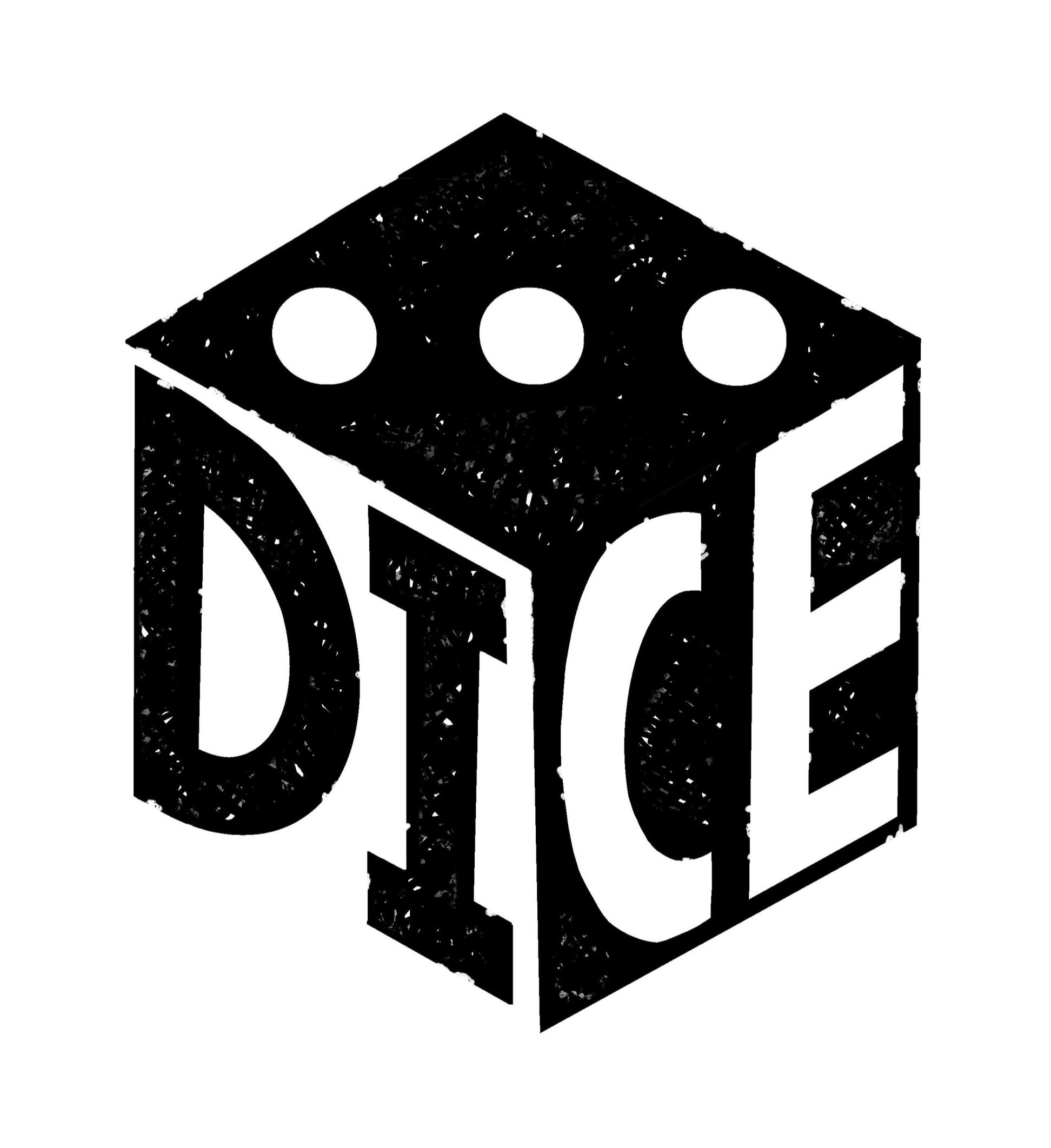The DICE Charter
The charter (also available as a PDF) covers three elements of conferences and events: participation and line-up, theme and content, and attendees.
WHAT THE DICE CHARTER IS:
A scored set of guidelines that are self-regulatory - no one is forced to comply.
Based on the 2010 UK Equality Act and 9 Protected Characteristics.
Evolving. Our aim is to review the guidelines every year and, based on feedback and what we’ve learned, potentially refine and update where required.
WHAT THE DICE CHARTER IS NOT:
The ‘diversity police’ - we don’t have all the answers or claim to be the ultimate authority .
The promotion of tokenism or box-ticking.
A judgement on how businesses operate or an events organiser’s ability.
dice CERTIFICATION scoring system
There are ten sections to the charter and a maximum of 10% is awarded per section, with the overall maximum score of 100% being available. Please note: this score applies to your overall agenda.
We DO NOT expect everyone to achieve 100% - this is an ongoing process. Therefore, we have developed different levels of DICE certifications
<39% Poor - NO DICE.
>40 <59% OK - DICE CERTIFIED.
>60 <89% Great - DICE CERTIFIED AND APPROVED.
>90 <100% Perfect - DICE CERTIFIED AND RECOMMENDED EVENT.
dice CHARTER UPDATES
The DICE Charter is an evolving piece of work that goes through an annual review and update process to ensure it is reflective of the culture it aims to represent and support. Those updates are recorded here:
Feb 2021, DICE has removed all uses of the word ‘BAME’ from the charter and its supporting materials.
BAME is an outdated term that buckets everyone that isn’t white into a category of ‘not white’ - this is counter to the principles behind the DICE Charter.Feb 2022, two of the ten scoring criteria have been updated to now be mandatory for DICE certification.
After two years of scoring hundreds of events, DICE discovered that organisers were able to potentially be DICE certified while still having all-white or all-male speaker line-ups for their events. This change prevents that from happening.
THE CHARTER
participation and line up (60%)
1. GENDER (MANDATORY)
Full conference/event line-up should be a maximum of 50% male. This means the remainder will include women and all non-male gender identities. This must include both presentations and panels, and where applicable to panels does not include the chairperson*. We understand that events are often recruited for and promoted in stages, and DICE certification applies to an event’s final line-up, as advertised on their website/conference packs.
2. RACE (MANDATORY)
Based on the most recent UK statistics that the population is 87% white, full conference/event line-up should be a maximum of 70% white in order to actively promote diversity and cultural progression*. The 70% assumes that most events conducted in major cities will have a higher percentage of ethnic minorities in their population (i.e. 41% in London, 33% in Manchester, 29.6% Birmingham).
3. AGE
Every event should have fair multi-generational representation amongst both men and women. Assuming that national working age is between 18 and 66, line-up should feature representation from Baby Boomers* (born 1946-1964) , Generation X (1965-1980) and Millennials (1981-1996). To provide a younger perspective within the content of the event is encouraged (although not scored).
4. PANELS
With specific reference to panels or group discussions, which are intended to provide a balanced view of a subject within the industry, it is important to have diverse representation*. All panels on an event lineup should represent balance in terms of gender and ethnicity. It would be extremely difficult to have every one of the Protected Characteristics represented within every panel (and to do so could be interpreted as tokenism) however a mix of cultural or professional backgrounds should always be in play. This could involve class, age, sexuality, disability or religious belief, depending on the topic of the panel.
5. DISABILITY AND NEURODIVERSITY
Event organisers must demonstrate a significant attempt to include at least one disabled or neurodivergent ( i.e. ADD, autism or Asperger's, Dyspraxia) participant in their lineup*.
6. CLASS AND EDUCATION
Events organiser must make it as easy as possible for speakers from a range of class and educational backgrounds to attend and/or participate. In some cases, this may involve offering to pay speaker travel/accommodation expenses*.
THEME AND CONTENT (20%)
7. AGENDA
Agenda must demonstrate that the experiences of a range of diverse communities have been taken into account. This can be done by ensuring the case studies presented represent a diverse set of audiences spanning age, gender, sexuality and class.
8. HATE SPEECH
Agenda and content must demonstrate an understanding of the experiences of people not born with white privilege via themes, quotes, quote sources, examples and case studies etc. Speakers who are known to have discriminated against those protected by the Equality Act 2010 should not be invited to speak*.
ATTENDEES AND MARKETING (20%)
9. MARKETING
Events organiser must show that they’ve considered where they advertise. Events organiser must also be able to prove that attempts have been made to make attendance possible for those less able to cover the cost of a ticket.
10. GENERAL ACCESSIBILITY
Promotion of the agenda should showcase the diversity at your conference - and both your events venue and website must be fully accessible.
*Many of these points throughout the charter raise questions and challenges within themselves. The full PDF of the charter - available here - includes the asterisked commentary and should act as a guiding document to ensure a complete understanding of the individual requirements.
